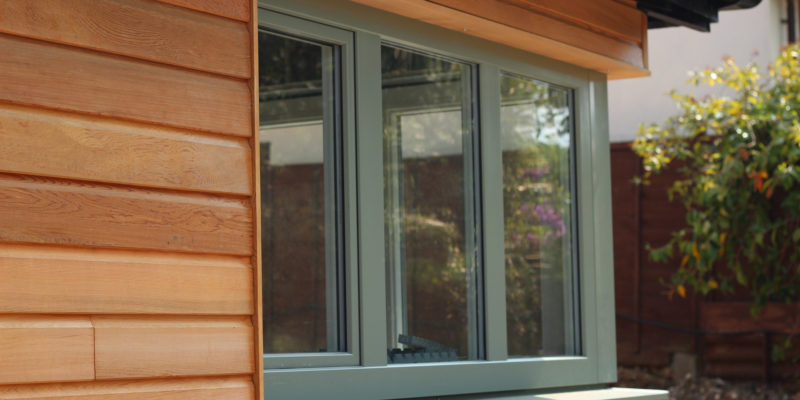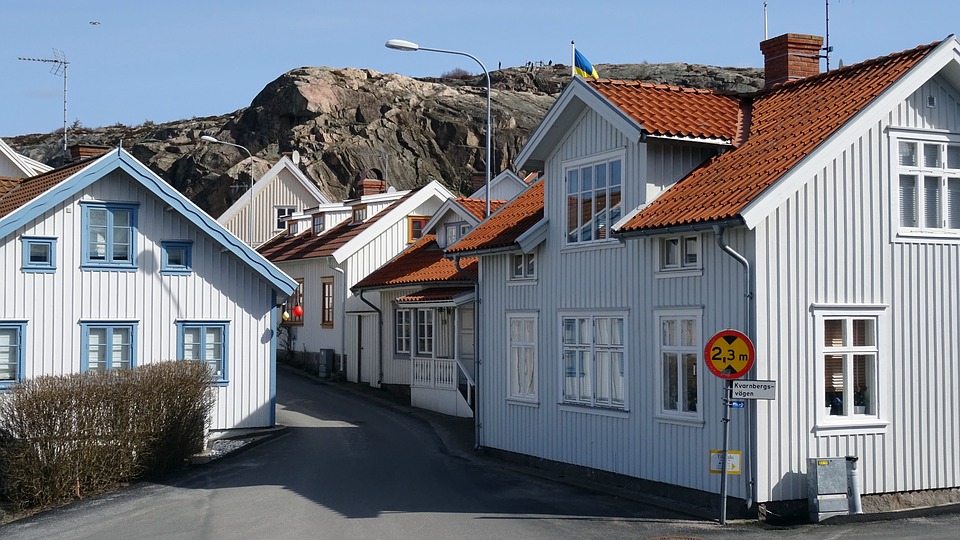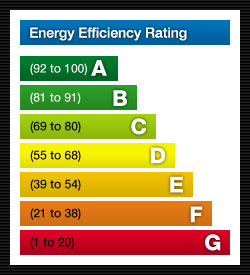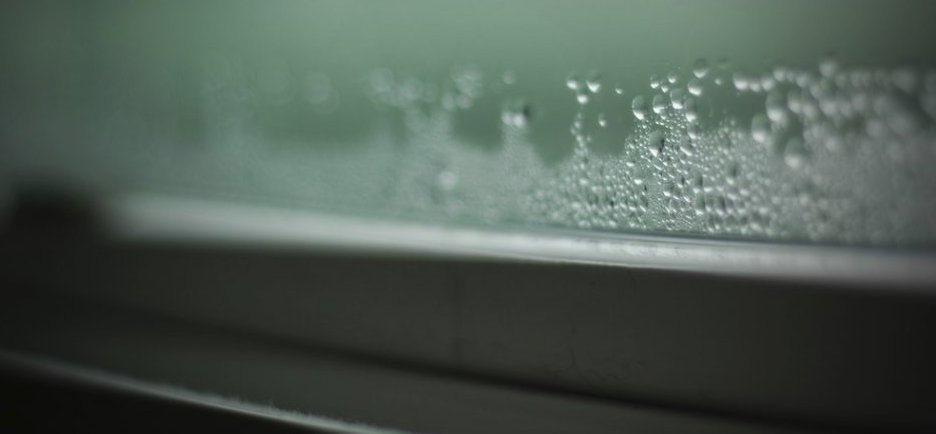Double glazing is a technology that’s revolutionised windows – and no new build can afford to do without it. We all know that sandwiching a vacuum between two panes of glass produces an enormous improvement in thermal efficiency. But, that being the case, surely things are improved still further if we use three panes of glass? Or, better yet, why not four, or even five? Norway and Sweden have legislated that all new builds should come equipped with triple-glazed windows. If they can do such a thing, then why can’t we here in the UK?
As you might have gathered, there are good reasons that we’re not all using triple glazing. Let’s examine the problem, focusing on these obstacles – and exploring how they might be overcome.
Measuring thermal performance of double and triple glazing
While it might not be a perfect way of measuring insulating ability, the energy efficiency of a window can be roughly described using the U-value. This figure is a little bit like the ‘tog’ rating of a quilt: it’s calculated by dividing the transfer of heat per square metre (in watts) by the difference in temperature across the entire building. The lower the U-value, the better the insulation.
As you might expect, ordinary single-pane windows have high U-values, typically in excess of 5. When double glazing was first introduced, it came with a U value of around three. But thanks to incremental improvements in the way that these windows are manufactured, this figure came down to two – and then even lower.
These improvements include:
- The cavity being filled, not with a vacuum, but with an inert gas. Argon is most often used, as it’s inexpensive and effective. In situations where space is limited, however, the even more effective Krypton or Xenon might be called upon.
- Naturally, fatter cavities mean that heat must travel through more gas. Thicker windows, then, will produce better results.
- The use of low-emissivity (low-E) glass, which comes with a coating of metal oxide on the internal panes. This helps to limit the amount of heat that can flow in a given direction, acting as a sort of valve which allows heat to enter your home but not leave it.
These steady improvements in technology might explain why the industry hasn’t been so ready to add more panes. But this isn’t to say that such improvements will keep on coming forever – we might be approaching a time where no more savings can be made from improving on double glazing, and we must make the switch to triple-glazing. Triple glazing can offer us U-values which go as low as 1 – and sometimes even lower. So what’s stopping us adopting it?
Barriers for triple glazing
Cost
As you might imagine, triple glazing costs more than double glazing. Not only does it demand more materials, but it also demands more precise manufacturing conditions, and generates more errors. Also, since triple glazing is heavier, the cost of shipping it is also slightly higher.
In order for this cost to be justified, the building surrounding the frame must be of an accordingly high standard of energy efficiency. There is little point, in other words, in installing a triple-glazed window into an older, more heat-porous property.
Light penetration
Adding an extra pane of glass will reduce the ability of light to break through the window. With another pane there to reflect a little of it outward, the interior of the window will be appreciably dimmer.
Heat penetration
Walls and doors have higher U-ratings than windows. Windows, then, are the weak points in a building – and we should devote special care to ensuring they’re as efficient as possible. But it’s not quite as simple as that. When the sun is shining, windows are able to allow heat to enter a house. Modern double glazing actually allows windows to become net contributors to a building’s heating during the summer.
When we add more panes to a window, this crowning virtue is dispensed with, and we’re actually placed back a step. In Scandinavia, where the temperatures are cooler, the winters longer, and the sunshine less frequent, this drawback might not amount to much. In the UK, it’s a significant consideration.
Noise penetration
One of the crowning virtues of double glazing is its ability to exclude ambient noise. Open a double-glazed window and you might hear the distant drone of traffic. Close it and the noise abruptly stops. The technology is therefore wonderful for anyone looking to lead a peaceful life while indoors.
One might suppose that if double glazing can keep a little bit of noise out, then triple-glazing might be able to exclude a lot more. Although adding another layer of glass to your windows can improve sound absorption a little, you may not notice much of a difference unless the windows have been specially designed for noise insulation. Triple glazing features such as using glass layers of different thicknesses and employing acoustic glass treatments can greatly reduce noise pollution vs double glazing.
Condensation
Many new owners of triple-glazed windows are surprised to see condensation form on the outside pane of their windows. This occurs as a consequence of low heat-transference; with less heat from the inside there to keep airborne moisture airborne, it will settle onto cold surfaces and condense.
What’s next?
While there already exist companies which produce quadruple-glazed windows, these windows are suitable only for very limited circumstances, as they severely reduce light penetration. It’s more likely that improvements in materials and coatings, like the low-E glass we mentioned, will make the technology more feasible, allowing windows to absorb energy when they’re bombarded with sunlight, without releasing it on those cold winter nights.
Low-tech alternatives
Before we invest in costly new glazing technologies, we should ensure that we’re getting the best possible use out of our existing windows. Drawing heavy curtains in front of windows during winter nights will enormously reduce the loss of heat through those windows. Through a combination of clever manufacturing by double glazing producers, and sensible behaviour on the part of homeowners, it’s possible to wring more savings from double glazing before we make the switch to its costlier – though undeniably promising – counterpart.
Looking for triple glazed windows for your home? Take a look at our high-performance Stormsure casement triple glazed windows. Manufactured using FSC Chain of custody certified sustained timber they come with a 40 year rot and fungal guarantee, black warm edge spacer bar, and espagnolette multi-point locking and projecting hinges as standard. Available in standard and bespoke sizes. Get in touch to find out more.





